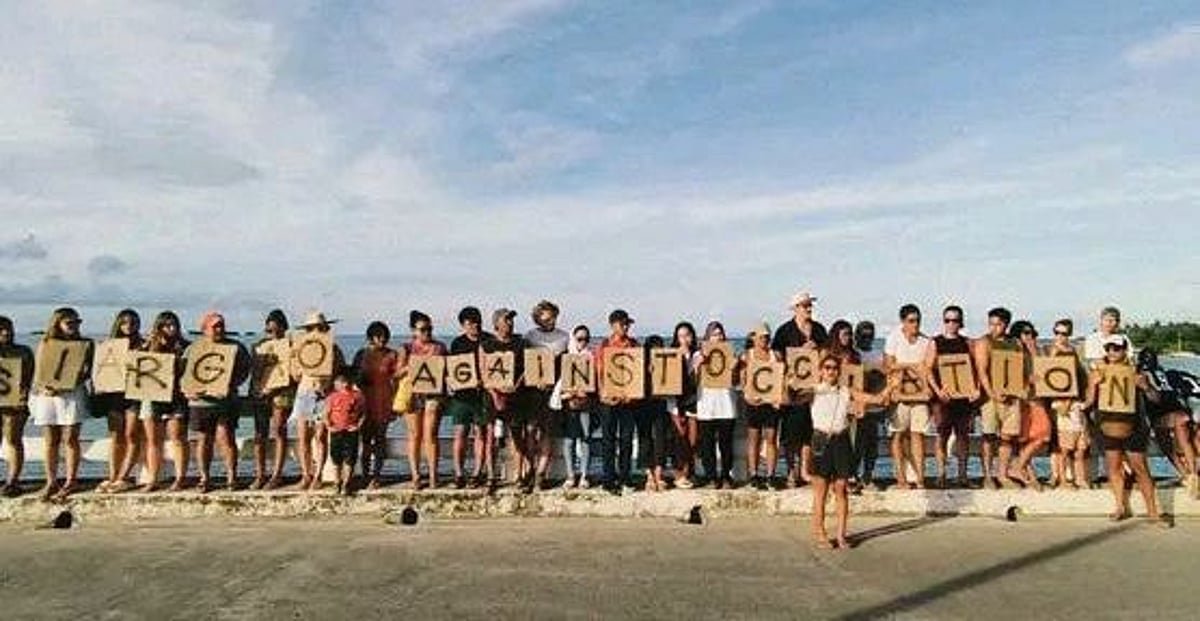Why progressives cannot blame “legal immigrants” for low literacy in the United States
Recently, some progressives attribute the rising illiteracy rates in the United States to immigrants, citing factors such as undiagnosed disabilities (e.g., dyslexia), poor English and literacy skills, and insufficient English classes for immigrants.
In 2023, data indicate a continuous decline in literacy, attributed to the presence of 32% of non-US-born citizens, which was exacerbated by the estimated 16 million influx of undocumented migrants who were mostly illiterate. In other words, a substantial percentage of illiteracy originates from non-English-speaking countries, which in turn affects literacy rates in the motherland. [Proliteracy]
1. “Legal immigrants” are more educated
Legal immigrants have contributed to the literacy rate of America, despite many of them entering the country with a literacy gap.
- In 2019, approximately 52% of working-age immigrants (aged 25–64) who had lived in the U.S. for five years or less held bachelor’s or graduate degrees. [MPI]
- From 1990 to 2020, immigrants with higher education grew at a rate more than twice that of the same population among U.S.-born children of immigrants. [Migration Policy]
- In 2022, data show that immigrants, particularly Asians, are the most educated and have the highest household income average compared to whites, blacks, and Hispanics. [U.S. Census 2019]
- Asia, having higher literacy rates, is the second-largest region of birth for U.S. immigrants after Latin countries before 2012.

“Legal Immigrants” from the 1970s to 2005
Immigrants who pass the eligibility criteria generally have literacy rates that are acceptable to high. These “legal immigrants” have steadily increased since the 1970s, peaking around 2005. [Pew]
Alongside the increase in the migrant population was a slow but steady rise in literacy.
Data from the National Assessment of Educational Progress (NAEP) long-term assessments in reading and math for 9-, 13-, and 17-year-olds show gradual improvements in reading and math from 1970 until 2012. [NAEP 1971-2012]
Under President Obama and President Biden’s terms, eligibility criteria, such as academic skills, no longer mattered for illegal aliens entering the country.
LIST OF SCHOLARSHIPS FOR IMMIGRANTS.
2. Immigrant eligibility dissolves under Presidents Obama and Biden
A steady decline in literacy from 2012 to present
The NCES data indicate that the nation’s literacy began to decline after 2012, mainly due to the failure of the Whole Language Movement. By 2016, SAT scores were so low that the test had to reduce the number of questions and make essays optional to improve passing averages.
During President Obama’s two terms (2009 to 2017), an estimated 5.7 million unauthorized immigrants entered the U.S., disregarding eligibility criteria such as education and literacy.
Under President Joe Biden’s border policy, the influx of illegal immigrants surged again in 2022, with approximately 6 million undocumented crossings in his first two years in office alone.
Most of the “asylum seekers” do not speak English, which has impacted current literacy rates. However, other factors have also contributed to the decline.
WHY AFFIRMATIVE ACTION IS BIASED.


PERFECT STORM FOR ILLITERACY.
3. Critical factors that influenced the growing illiteracy
If immigrants were to blame for the declining literacy, a significant portion would have to be placed on illegal immigrants during the Obama and Biden era when eligibility criteria were non-existent.
But it’s not entirely the fault of non-English speakers, but these other factors:
MAJOR ACCOMPLISHMENT OF PRESIDENT BIDEN.

4. Positive Immigration is good for the country
Growing illiteracy cannot be attributed to “legal immigrants,” as most of them have degrees and are literate, and their American-born children are also well-educated.
The hope is that the influx of new unvetted immigrants will experience better education, which will help uplift their lives and improve literacy in the country.











